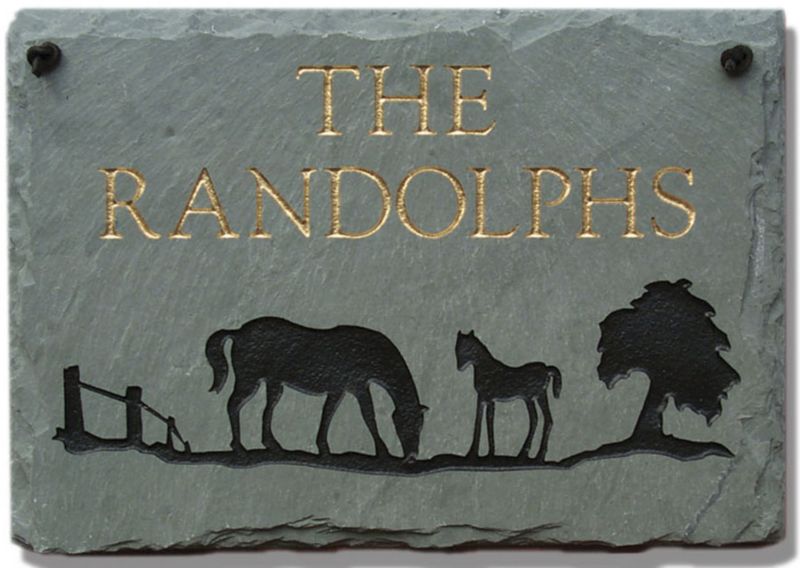Scroll below the following response for press release
All agencies have failed and refused to answer the simple question....what is the cost of managing genetically viable herds on their native ranges vs the cost of removal, holding, and adoption???
Where is the legal authority to transport non excess wild horses and burros across state lines for sale and adoption, or in holding facilities?
Restoring the millions of acres of Congressionally designated (vacant)herd areas may be a huge savings to our Herds and the taxpayers. Its OUR Heritage...ya know...like the loss of our inheritance without the benefit of probate.
The land management plans that vacated these herd areas are legally defective/ technically flawed, and politically motivated. They can be corrected/remedied as BLM Tom Pogacnik stated. But BLM won't do it until Congress tells them. BLM Don Glenn suggested we sue. Since when it is OUR DUTY to sue the Guvmint to make them do their fiduciary duty?
kat
Alliance calls for suspension of wild horse musters
October 31, 2009
Wild stallion Cloud, whose herd was recently mustered.
An alliance of more than 60 organisations has called for a suspension of all wild-horse musters in the United States, saying roundups have intensified and some herds have been removed entirely.
The group also voiced its concern for the ongoing genetic viability of some herds reduced in Bureau of Land Management musters.
The Equine Welfare Alliance said it wanted an immediate moratorium on the gathering of wild horses and burros by all government agencies.
Its call follows similar demands by The Cloud Foundation, The Animal Law Coalition, wildlife ecologist Craig Downer and Mustang author Deanne Stillman.
The moratorium call comes just three weeks after Interior Secretary Ken Salazar announced a raft of proposals for future wild-herd management, including up to seven new herd areas further east and more aggressive use of long-term contraception.
Salazar admitted "The current path of the wild horse and burro programme is not sustainable for the animals, the environment, or the taxpayer."
More than 30,000 wild horses are held in captivity, only a few thousand fewer than still inhabit the western rangelands.
However, the alliance, an umbrella group comprising more than 60 member organisations, voiced its disapproval of Salazar's proposals.
"The Salazar plan would simply throw the herds off of their historical Western lands set aside for them in the 1971 Wild Horse and Burro Act and put them into long-term holding facilities which it renames 'refuges'," spokeswoman Vicki Tobin said.
The alliance said deficiencies in the current herd management programme had been pointed out to Bureau of Land Management boss Bob Abbey in an August letter from Congressmen Raul Grijalva.
"To date, none of the deficiencies have been corrected and until range studies can be completed, there is no scientific evidence justifying the removal of wild horses and burros from the land," alliance representatives John Holland and Shelley Sawhook said.
Following an independent report in 2008 that found the bureau did not have funding to support the estimated 37,000 horses held in captivity, Congress increased their budget.
"Instead of using the funding for its intended purpose, the bureau has intensified round-ups and has zeroed out many herds while leaving the remaining herds genetically unviable as a result of reduced numbers and mares that were given birth control," Holland and Sawhook said.
"The increased round-ups are coming at time when there are more wild horses in holding pens than on the open range at a cost of millions of dollars to tax payers."
Holland continued: "The huge number of horses being gathered is effectively guaranteeing a new and worse budget crisis in the immediate future."
The alliance said many wild horse advocates suspected the Department of Interior and bureau were on a course to exterminate America's wild horses and burros.
It cited a bureau ecologist, saying: "Wild horses do not belong in western ecosystems," and that "The 1971 Horse and Burro Act was based on emotions, not science".
"In a comparative analysis of free-roaming wild horses and burros in relation to habitat, wildlife and livestock populations, wild horses and burros populations pale in comparison," Holland and Sawhook said.
"In most cases, the wild horses and burros are being removed in record numbers with no scientific evidence justifying the need for these removals.
"According to the BLM schedule, another 12,000 wild horses and burros are targeted for removal in 2010."
The group argued that removing horses without scientific justification is in violation of the 1971 Wild Horse and Burro Act.
"The 1971 Wild Horse and Burro Act is a law and Americans are demanding that instead of ignoring the law, the bureau enforce it. An immediate moratorium on round-ups must be issued until the range studies are completed and the discrepancies are resolved."
Vicki | A Voice for Our Horses
Your Guide to FREE 4th of July Fireworks Near Magnolia, TX (2025)
-
Because safety, fun, and community celebration can go hand in hand As the
Fourth of July approaches, many families are looking for safe, festive, and
free ...
6 months ago










No comments:
Post a Comment